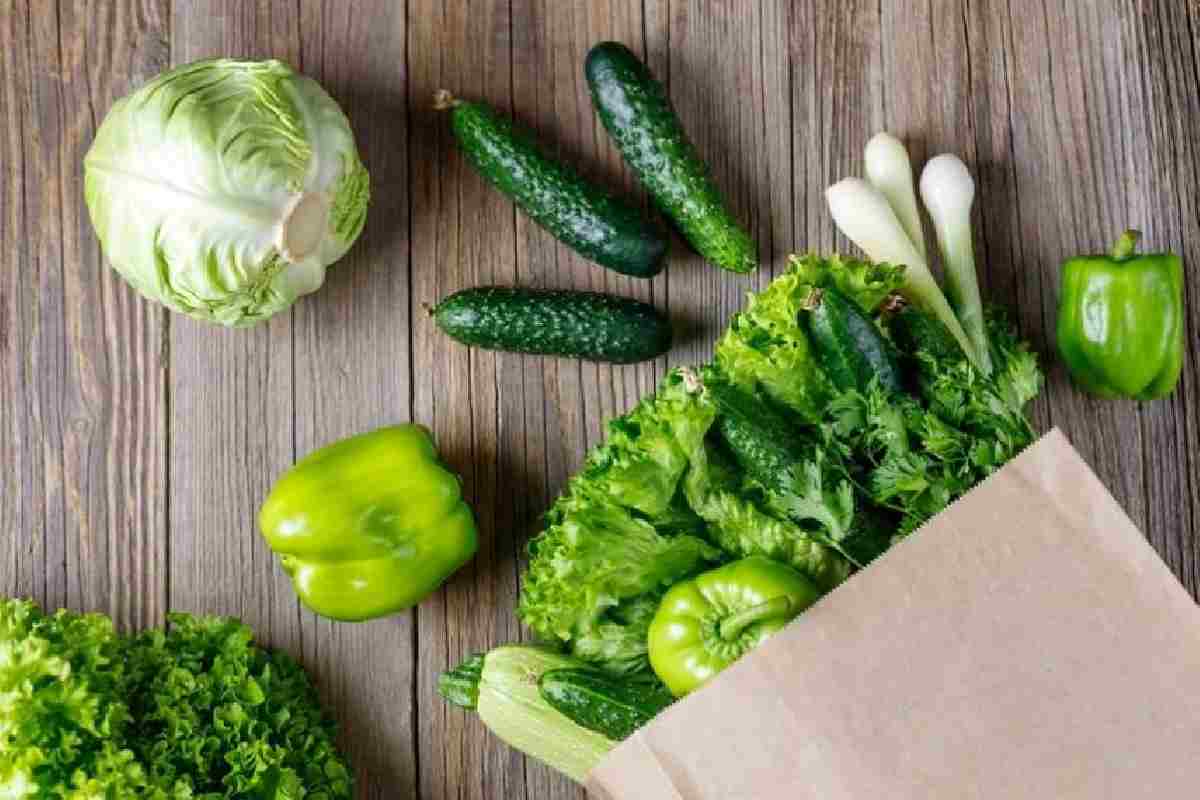Table of Contents
History Of Leafy Vegetables
The birth of leafy vegetables, in general, is linked to those first sedentary civilizations. It means that, when man was dedicate to hunting and gathering in the beginning, he used to feed on animal prey and wild fruits and flowers, seeds, leaves or roots.
Each of his findings is base on the ancient gardens and orchards of Babylon and the drawings embodied in the tombs of the Egyptians, where it is said that they ate vegetables and vegetables in quantities.
Most of Europe’s vegetables today come from Asia and the Far East. And they were introduced to the market through the Arabs since the conquest of the Mediterranean countries.
Hence, it is born that vegetables have become the essential food group in Mediterranean cuisine.
However, during the Mid Ages, the cultivation of vegetables was intend to feed mainly the poorest classes. At the same time, the rest ate meat and only drank “vegetable broths” when the doctor so prescribed to combat an illness.
In this sense, the journeys to America from the fifteenth century referred to contact between civilizations, concluding in a marvelous exchange of food products.
Which explains why the increase in the consumption of vegetables began to take place in the first half of the 20th century. Even history presumes that this consumption could increase by more than 30% after World War II.
The current production of vegetables throughout the world is vital because they represent the second most produced food group in the world, after cereals.
What are leafy vegetables?
According to Flores y Planta’s (2016), vegetables remain plants generally grown in orchards and consumed as raw or culinary prepared food.
In this wisdom, leafy vegetables are all those that are consumed for their greeneries, together with blades and petioles. We canister mention Chard, spinach, lettuce, cabbage, and endive within this group. They are typically from a cold temperate climate.
These vegetables provide limited calories and take great nutritional value due to their richness in vitamins A, C, complex B, E and K; minerals like calcium and iron.
Therefore, it remains recommend that they be consumed more frequently during the day, all with the clear objective of generating health and social well-being.
Types Of Leafy Vegetables
Chard
It remains a biennial plant that does not form roots or edible fruit.
Its leaves are large, oval, lightly armored, with marked ribs that arise from the middle of the stem. It is usually harvest when it weighs between 750 grams and 1 kilo.
Its colour is usually between dark green, light green and yellow.
Spinach
It is an annual plant cultivate for its edible, large, very dark green leaves.
It has a little branched root and superficial root development. Its stem is erect from 30 cm to 1 m in length on which the flowers are located.
Lettuce
It is an annual plant that grows throughout the year.
It does not have noticeable stems since it seems that the leaves arise from the root at first glance. However, each leaf is provided with a stem portion, cylindrical and highly branched from the base.
Its leaves are green shades; depending on the type, the colour varies.
Canons
Lamb’s lettuce is an annual plant that requires a lot of water. They are easy to grow. However, they are expose to many enemies, such as snails or birds.
Endives
They are tiny elongate buds with smooth white leaves, slightly yellow around the edges. They must it chosen fresh and without stains, paying attention to the edges, which will not be damage or green.
How Do We Water Leafy Vegetables?
<=”aligncenter wp-image-4173 size-full” src=”https://www.tophealthfitnesstips.com/wp-content/uploads/2022/02/How-Do-We-Water-Leafy-Vegetables_.jpg” alt=”How Do We Water Leafy Vegetables_” width=”700″ height=”450″ />
Drip irrigation is the most suitable for these vegetables.
However, there is still no recipe to do it. The amount and frequency of water to be supplie will depend on factors such as the type of vegetable, the season of the year, the state of growth, among others.
Some Recommendations On How Irrigation Should Be Are As Follows:
- Very young plants should be water frequently, never to dry out.
- If vegetables are grown outdoor, they should be group according to the water they need.
- Vegetables are sensitive to both excess and lack of water.
- The drainage must be good in all vegetables. That is, it does not become waterlogged for a long time.
How Often Should It Be Water?
It is generally recommend that watering is in the early morning or the evening after sunset.
It should not be water during the hottest hours of the day because evaporation is more significant, and the drops of water that remain on the leaves or the fruits concentrate the sun’s rays and can cause burns.
In leafy vegetables such as; spinach, chard and lettuce, the most critical period is between 10 and 21 days before reaching maturity; during this period, a lot of water must be available.

